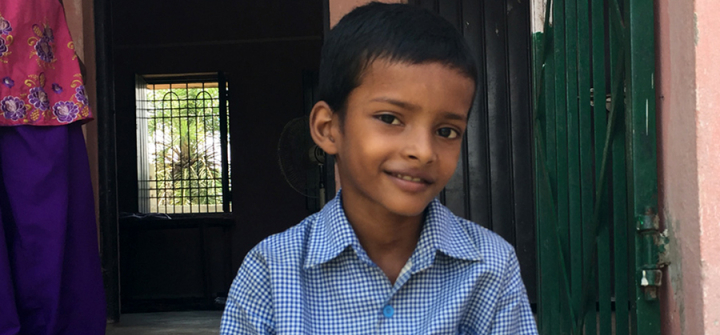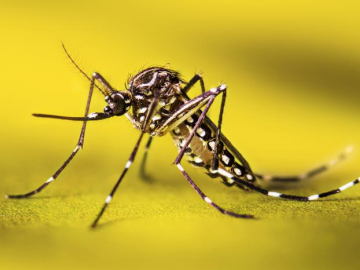Leprosy: The Search for the Missing Millions
I recently met Ankitkumar, an 8-year-old schoolboy from Bihar, India, who 3 years ago developed discoloration on his skin, which was mildly anesthetic. Little known to the medical staff who initially treated him, these were the first symptoms of leprosy.
First, his parents took him to a private health practitioner. This is the norm in India, as government facilities are often far away and overcrowded. Ankitkumar was misdiagnosed with a skin irritation and he was treated with ointment—the wrong treatment for his condition.
The WHO’s latest leprosy update reports that leprosy cases are at their highest since 2007. However, the report overlooks the stories of children like Ankitkumar who are misdiagnosed. It’s believed that at least 3 million people are living with undiagnosed leprosy worldwide, often because symptoms aren’t recognized or out of a fear of leprosy, due to the stigma this disease carries.
Lepra’s active case-finding program in Bihar State, which screens communities and households in rural and tribal areas for people living with undiagnosed leprosy, found and treated Ankitkumar. The search for active cases, carried out over a 6-month period, uncovered 3 times more cases than the Indian government in the same area over the course of a year. Thankfully, Ankitkumar received treated before he developed any serious disabilities, such as the loss of feet, toes, fingers, hands, eyebrows or blindness. Today he is a happy boy, able to enjoy a full and active life—along with many others who benefited.
The quality and thoroughness of active case finding is dependent on the strength of government detection programmes. In many countries, sparse resources and other priorities mean that governments do not carry out active case-finding to its fullest capacity. As a consequence, many cases are missed, and leprosy remains untreated and falls off official global health records—meaning that we do not get a true count of people affected by leprosy.
Given that India has a population of over a billion, momentum needs to be kept up to ensure that greater numbers of people are properly screened for the disease.
While success stories in finding and treating more people for leprosy are to be celebrated, it also highlights that leprosy is far from beaten. In fact, it seems to be on the rise in some countries. Therefore, more work needs to be done to strengthen government provision, establish uniformity of active case-finding methods, and for all activities to be “scaled-up.”
For Ankitkumar and for millions like him, we hope to see re-energized, re-doubled efforts to fight leprosy. No more children should risk severe disability because of a lack of effort in combating humanity’s oldest disease.
Geoff Prescott is the Chief Executive of Lepra, the leading UK-based charity fighting against leprosy. He has worked throughout the world in the health, humanitarian and children’s sectors. He has a degree in International Relations and a Masters in Health Finance and Health Planning. He also qualified as a nurse and has a variety of infectious and tropical-disease qualifications. Follow him on Twitter at @GeoffatLepra
Join the thousands of subscribers who rely on Global Health NOW summaries and exclusive articles for the latest public health news. Sign up for our free weekday enewsletter, and please share the link with friends and colleagues: http://www.globalhealthnow.org/subscribe.html
ummaries and exclusive articles for the latest public health news. Sign up for our free weekday enewsletter, and please share the link with friends and colleagues: http://www.globalhealthnow.org/subscribe.html
Ankitkumar, an 8-year-old boy in India's Bihar State, successfully treated for early leprosy symptoms thanks to an active case-finding program. Image Courtesy of Lepra.




